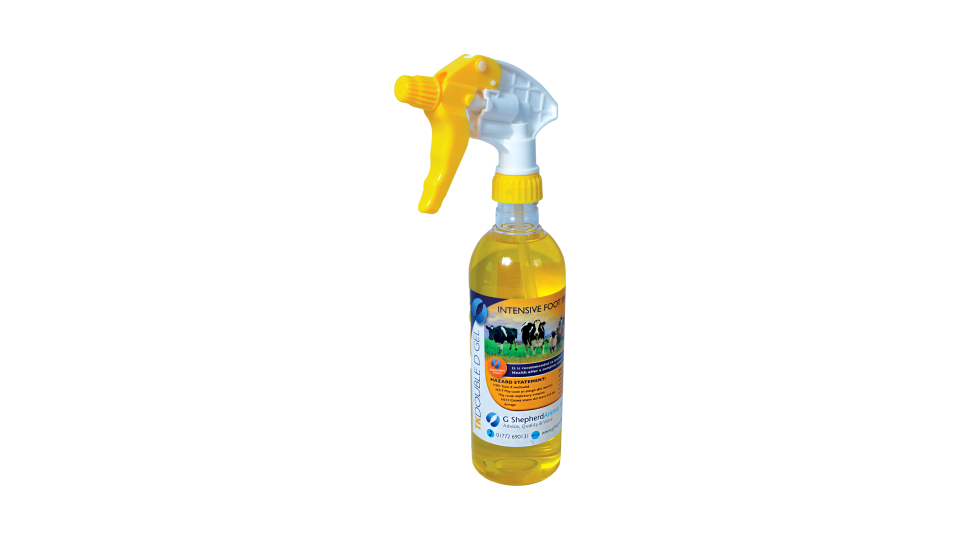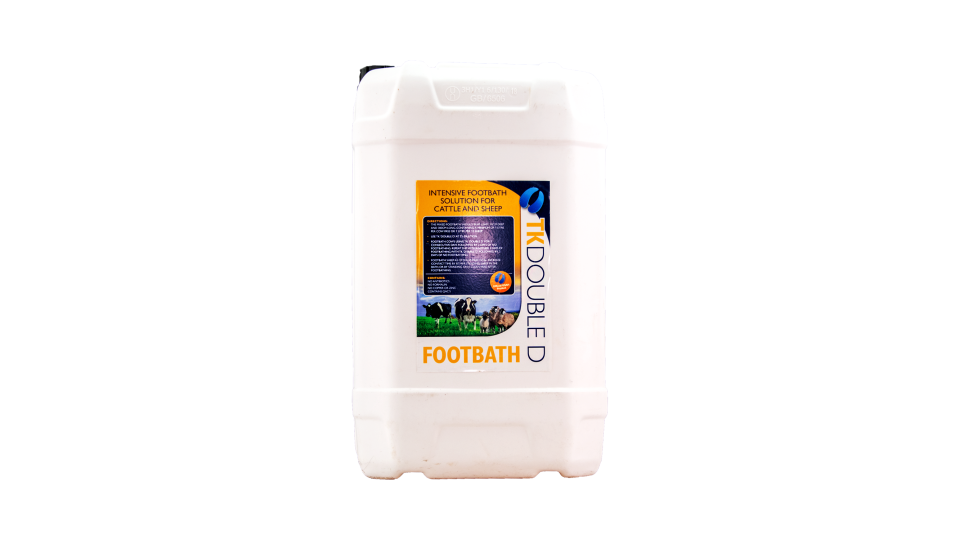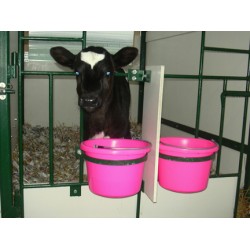Lameness is one of the main welfare issues in sheep farming today.
Lame sheep spend less time feeding and more time lying down which can lead to slowed growth in lambs or decreased body condition in ewes and tups with associated problems with fertility.
Lameness can soon spread quickly through a group of sheep so proper prevention and control is important.
There are a number of potential causes of lameness in sheep, however two of the most common problems are scald and footrot.
Scald
Scald is a bacterial infection of the skin inbetween the claws of the hooves which is most common when sheep are on wet grass.
It is caused by the bacteria Fusobacterium necrophorum which can be found in soil and manure and so it is almost impossible to avoid if no precautions are taken. Also scald may be caused or made worse by mild strains of footrot bacteria. Either way it allows "footrot proper" to take hold.
It can affect ewes, however at grass it frequently causes problems in lambs and can quickly affect a large number of lambs in a group which can drastically decrease daily liveweight gain.
Individual cases can be treated with oxytetracycline spray and when large numbers are affected, footbathing can be a good option.
Scald can quickly affect large numbers of lambs within a group when certain areas in a field such as around creep feeders become wet and muddy. These act as a reservoir of infection leading to lameness spreading quickly.
Our own Baa-Mat system is specially designed to fit inside creep feeders and used with TK Sheep Footbath Concentrate so that lambs are footbathed every time they go the creep. Our sheep hoofmats are much thicker than most which allows a greater depth of liquid to reach the area between the claws where scald causes a problem.
Footrot
Footrot is a painful bacterial infection which can affect both sheep and lambs. Affected sheep can become very lame and remain lame for long periods and the infection can spread under the horn tissue to the point where the sole is under-run and the wall becomes separated. It is caused by the bacteria Fusobacterium necrophorum (scald firstly) and then Dichaelobacter nodosus. F. necrophorum are found in soil and manure, however D. nodosus are infectious and spread from hoof to hoof.
This means biosecurity is very important to controlling footrot. Care should be taken to ensure that bought in sheep are free from footrot and also affected sheep are kept away from healthy sheep until they are no longer infected.
As with scald, footrot can be transferred between hooves at areas such as gateways and around feeders and feed blocks where lots of foot traffic and muddy conditions means that bacteria can be transmitted easily between sheep.
To overcome this, regular disinfection of the hooves can ensure that the bacteria causing the problem are killed before they get chance to cause footrot. With traditional footbathing, this would be impractical to achieve due to the frequency of footbathing needed to be effective and amount of time involved in footbathing.
With the Baa-Mat system, much of the time and effort can be taken out of footbathing regularly. The mat is designed to be used with a feed block formulated to maintain good hoof health, and every time the sheep goes to the block, the feet are submerged in TK Sheep Footbath solution.







